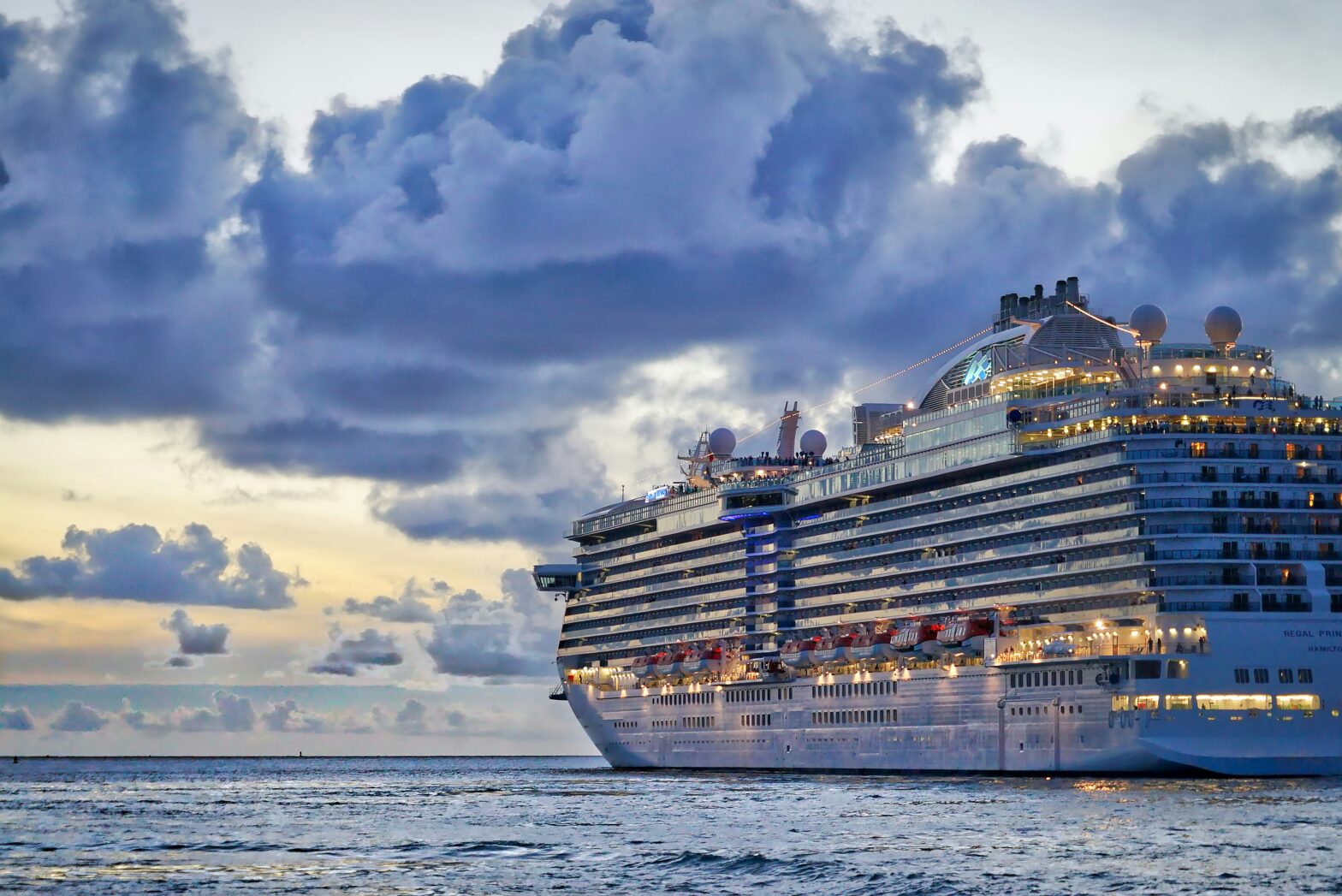After discovering the dense African and Cuban heritage that still exists in Veracruz, I convinced myself to book a trip to see the Afro-Cuban state for myself.
Veracruz surprised me, mostly for the good but also, in some moments, a little negatively. As a Black woman solo traveling around Mexico, an Afro-Cuban corner of this vast country sounded like a safe and beautiful idea. Here is everything about the culturally rich Afro-Cuban state that I wasn’t expecting.
1. The state that secretly has it all

Coming from Chiapas, I was pleasantly surprised to find that Veracruz has its own secret abundance of waterfalls, jungle, pueblos mágicos, mountains and forests. I say ‘secret’ because they seem to slowly reveal themselves to you, with every new conversation. Everyone has a new recommendation or a personal waterfall that they are keen to suggest.
Mexico’s biodiversity always takes me by surprise, but no-one had prepared me for Catemaco or los Tuxtlas, each with their own wealth of greenery and cascading waters. Whether you’re looking to run along the endless stretch of beach, hike up the mountains or enjoy tropical jungle heat, Veracruz has you covered.
2. Afro-descent towns are not in Puerto Veracruz
So, I definitely booked my ADO with the promise of seeing the Afro-descendant state I had read and written so much about. Arriving in Puerto Veracruz, I expected to see the Afro-Caribbean vibes immediately, instead, after a few conversations, I found that the Afro-Cuban towns are further north or even south of the state.
Even still, I felt Cuba in the mixed-heritage nature of Veracruz and the dilapidated buildings blending into the Centro historic, much like in Havana. Also Cuban, I was greeted with a very Cuban ‘Oye’ from my Airbnb host to the guy selling me mariscos on the beach.
The laid-back, no-rush Caribbean vibe definitely carried itself across the sea to this side of the Gulf of Mexico.
3. But if you are in Puerto Veracruz, head to the Afro-Cuban neighbourhood La Huaca

After speaking with a traveling Haitain raised in New York, I learned that La Huaca is the community within Puerto Veracruz most known for preserving the African culture.
I headed down to check it out for myself and found a statue of Toña la Negra, a prominent African woman in the community. Her family still live in the area and maintain her legacy to this day.
4. Haitian community in Puerto Veracruz
With the recent Haitian migration into Mexico, I found myself in conversation with more Haitians in Veracruz than any other part so far. The Haitian community is in various pockets of Puerto Veracruz and through conversation, I learned that they are not warmly received by everyone in the port city.
Unfortunately, it seems that even though this very port city was built up by Africans and was even the principal entry point for many Africans into Mexico, the racism and/or colorism sits heavy in the air.
5. There is a pretty impressive malécon in Veracruz
https://www.instagram.com/p/ByNlyXIlaJc/
I took it as an ode to the malécon Habanero, another Cuban semblance in the city. While nowhere near as vibrant or as large (Cuba has the longest running malécon in all of Latin America, to be fair to Veracruz), the malécon and boulevard in general, keep the city alive night and day.
6. International tourism is not huge in Veracruz
Most of the tourism in Veracruz comes from Mexicans rather than international tourists. Don’t expect to always find English speakers on your tours or in restaurants. Either way, it’s a chance to practice your Spanish.
As Mexico’s most musical state, the rhythm of the ever present African drum is a language of its own anyway, so enjoy a night dancing – no translation needed.
7. Many claim their Afro-descendant roots

The best part of the trip was experiencing the pride that most Veracruzanos have about their Afro-Cuban roots.
From the tour guide explaining that the Catholic Church demonized the voodoo of the enslaved Africans which forced them to create saints in the place of their own deities, to putting my Afro-Mexican long-lost sisters onto Shea Butter for their haircare and the many beach-side conversations that came after the initial ‘oye morena’.
While there were certainly some familiar stares as a Black traveler, I felt pretty fortunate to have seen this Afro-Cuban state finding ways to reclaim their roots.
The most unexpected of all moments were spent witnessing the fusion and pride that defines Veracruz in my mind.





